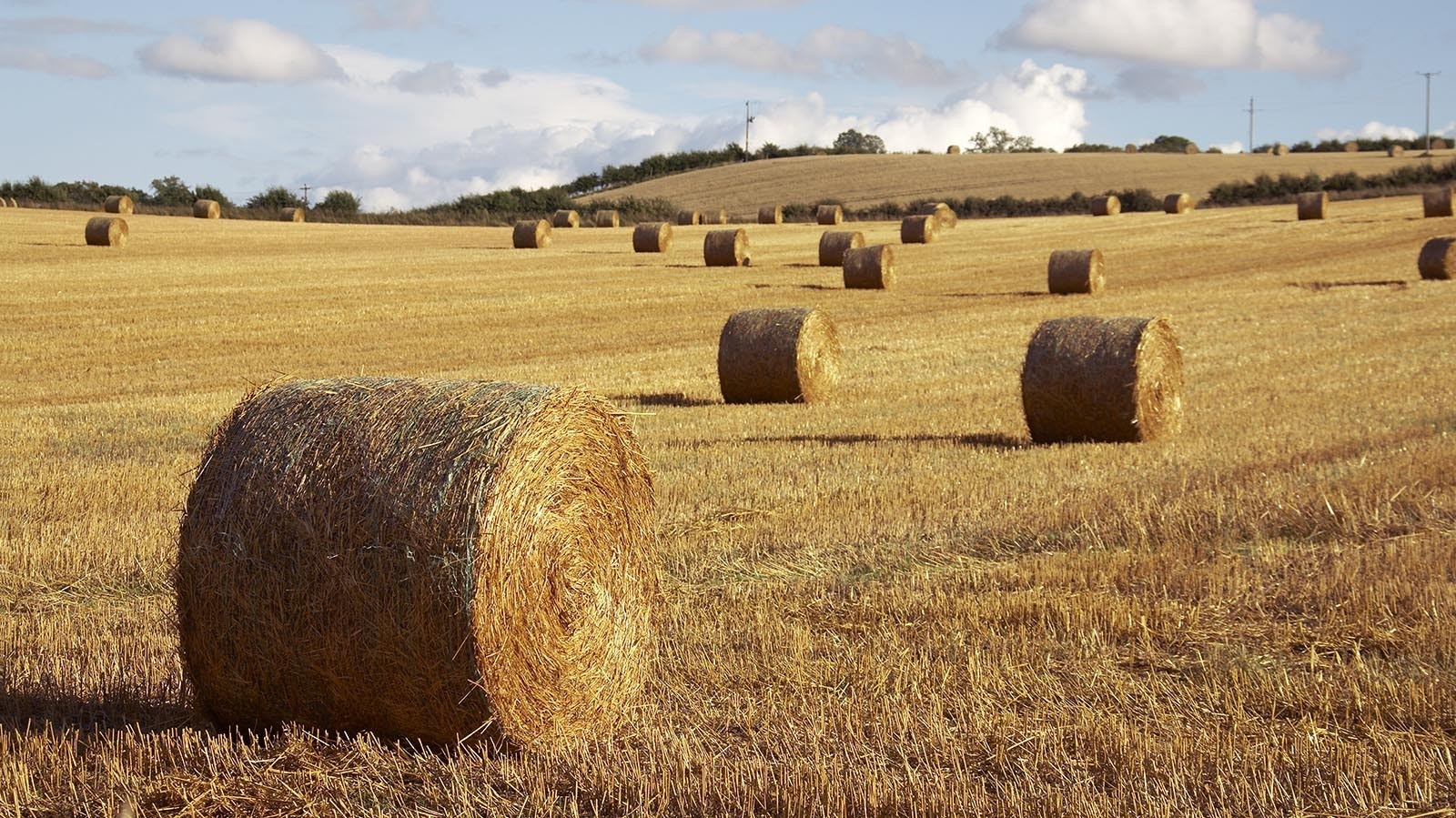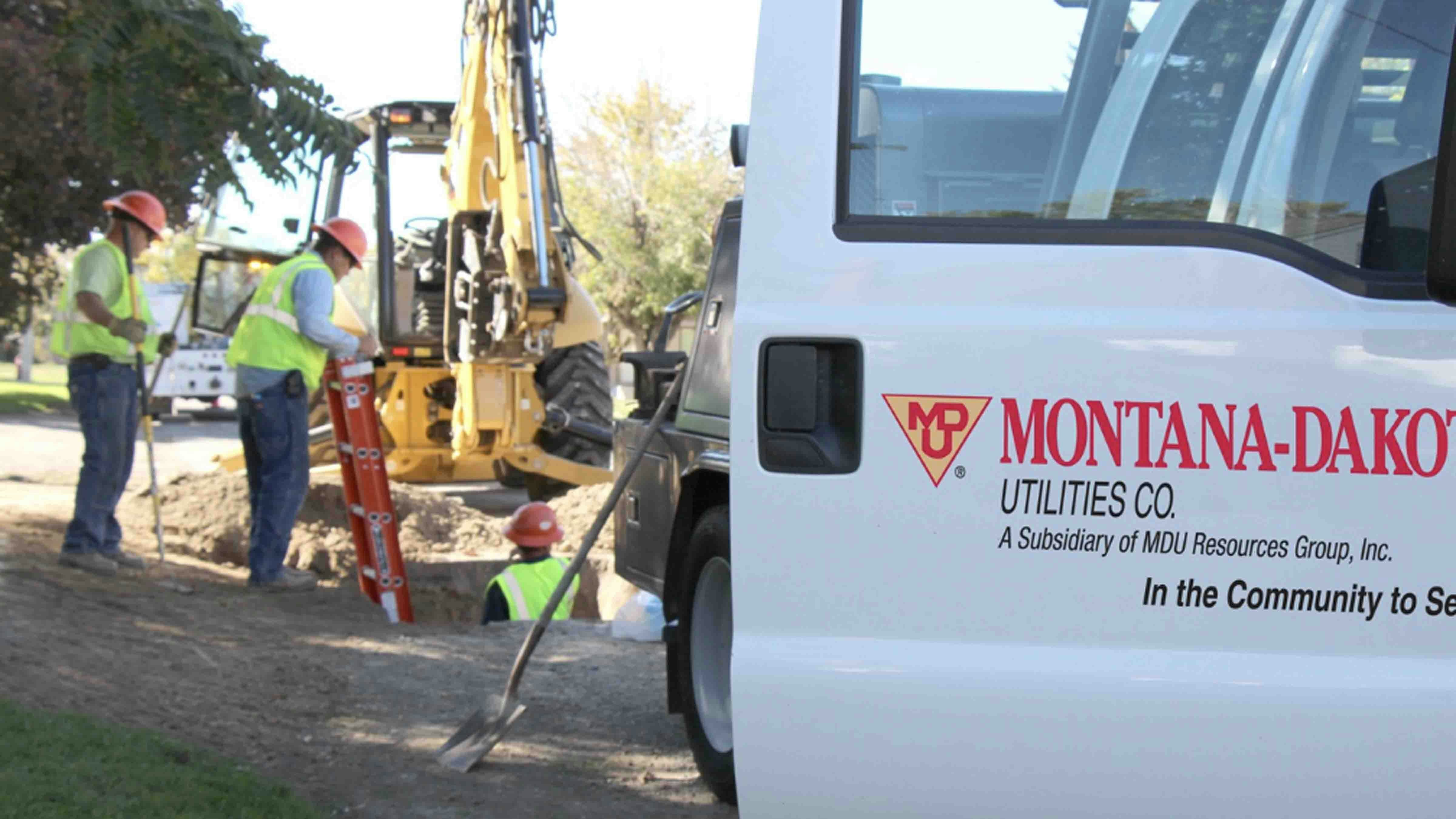Wyoming farmers and ranchers continue to get hammered this year with increases in the cost of feed.
Mike Galloway, co-owner of a farming and ranching operation near Gillette called Our Wyoming Life, said there’s a bit of a “perfect storm” that has contributed to the problem.
Give Me A Break
Ranchers who grow their own hay are always in a good position when it comes to managing feed costs.
After a decade of dry years across much of the state, ranchers often had to buy hay to have enough feed for their livestock. The drought eased up in some parts of the state this year, but then fuel costs went up.
For some cattlemen, it made more sense to sell off their haying equipment rather than having it sitting idle, especially as demand for used equipment drove up prices.
For those who had hay to sell, there were a lot of buyers.
“It’s kind of like, when am I going to get a break?” Galloway said. “It’s not something that just happened this year. It’s been years of building to this point. And eventually, the system can’t support itself.”
Double Whammy
Mike Eisele, who runs the 25,000-acre King Ranch Co. just outside Cheyenne, said the drought has led a lot of ranchers to reduce the size of their herds.
The cows “may not be as big or (ranchers) may not have taken in as many and may not have taken any at all for summer pasture,” Eisele said.
Then, when factoring in the costs of fuel and labor, all of which are up, it’s a “double whammy,” Eisele said.
Russell Nemetz, a Cowboy State Daily contributor owner and ag broadcaster of the Western Ag Network, said he estimates that on average, hay is $100 to $150 a ton more expensive than where it was a year ago, and a year ago it was up over the year before.
In some areas of the hay-growing region – which includes North Dakota, South Dakota, and Montana – the drought was particularly severe.
“The production was just devastated, and anyone who has hay can sell it at a premium,” Nemetz said.
I’d Drive A Thousand Miles
The price of fuel factors into the cost of hay on a couple levels. The hay grower has to fuel his equipment, and then trucks need to haul the hay to the buyer’s ranch. As hay becomes scarce, ranchers have to go even further for the hay.
Galloway went all the way to Missouri for hay. There was hay available locally, but the local supply was low, driving up local prices, which were around $200 per ton. The hay in Missouri, which didn’t have the drought, was $60 per ton.
Even having to truck it 500 miles and paying a driver, it was still cheaper, Galloway said.
Optimism
Jim Magagna, president of the Wyoming Stockgrowers Association, said cattle prices look pretty good, which will help offset some of the costs — though not so much for the sheep industry. But with many ranchers having smaller herds and high inputs, the high prices won’t be enough for a good year.
For many producers, it will be a couple years before they get their herds back up to where they are. With cow-calf operations, which keep a herd of cows to produce calves for sale, they spend a long time getting the herd’s genetics where they want. So, they typically don’t go out to buy more cows to increase the size of the herd. They have to breed them.
Magagna said every year there are challenges. It’s all part of the business. Wyoming’s producers already are looking toward next year, which they believe will be better.
They have to, he said.
“Being in our business there is always tremendous optimism,” Magagna said. “That’s the optimism that drives them to keep at it year after year.”





